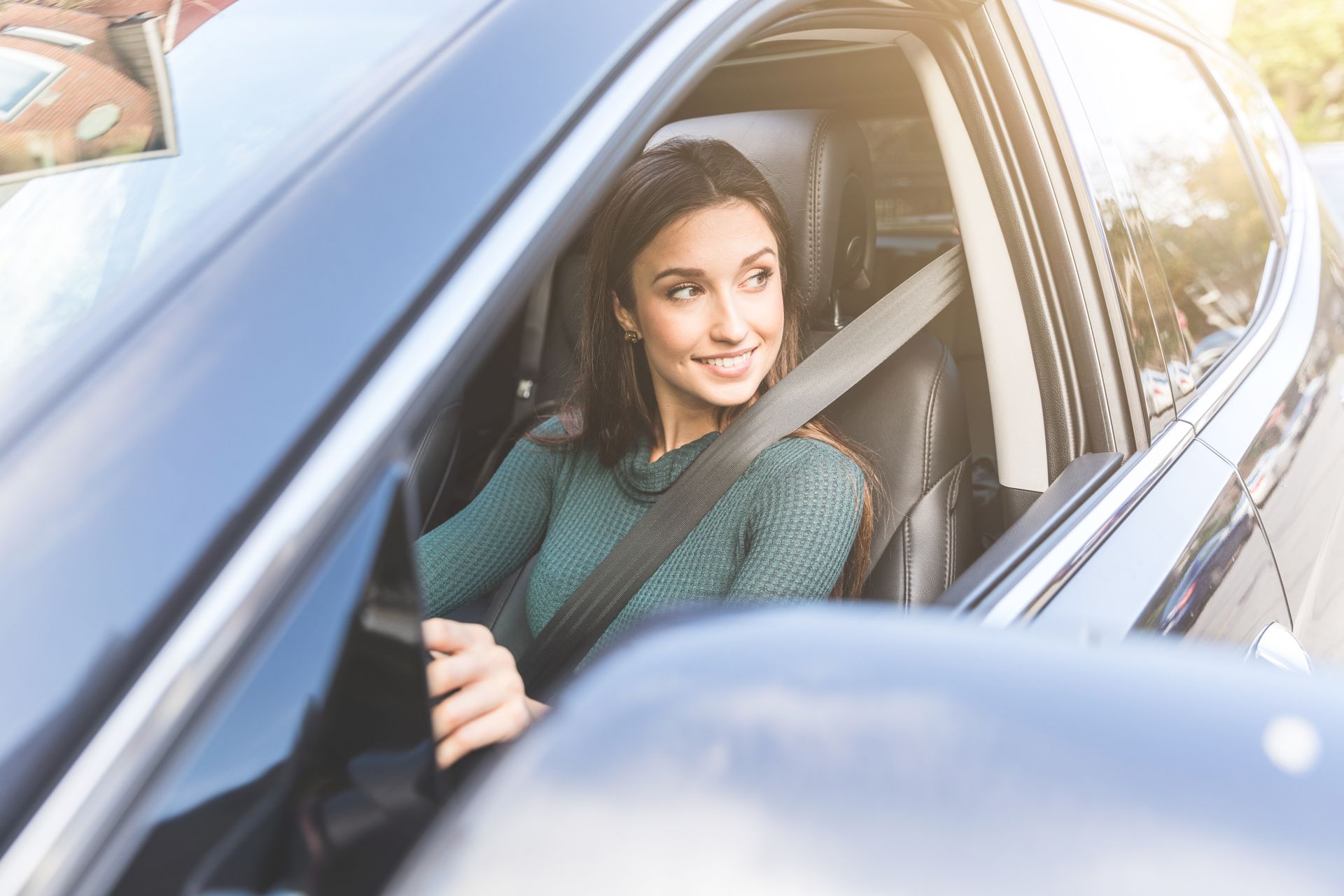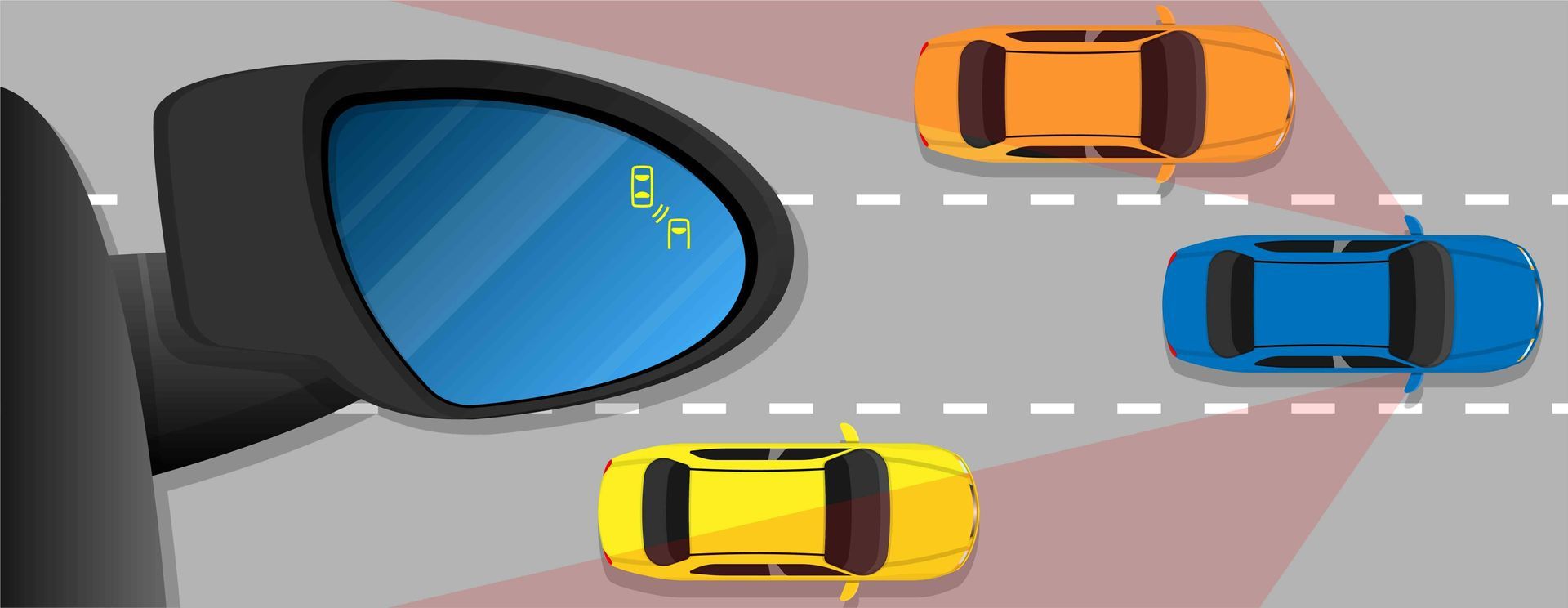When you’re driving, checking your blind spots is one of the most important steps in staying safe on the road. A blind spot is an area around your vehicle that you can’t see just by looking in your rearview or side mirrors. This means that other cars, pedestrians, or cyclists could be in your blind spot without you even knowing it. In this blog, we’ll go over how to check your blind spots correctly, why it’s crucial for safe driving, and what you can do to make sure you're driving as safely as possible.
How Do I Check My Blind Spots While Driving Safely?
Master the Art of Safe Driving: How to Effectively Check Your Blind Spots and Avoid Accidents
What Are Blind Spots?
A blind spot is the area around your vehicle that is not visible to you through mirrors. Depending on the size and shape of your vehicle, these blind spots can be larger or smaller. The most common blind spots are located:

- To the sides of your vehicle, just behind the side mirrors.
- In front of your vehicle, especially in larger cars or trucks, which can create a blind spot for pedestrians or cyclists.
- Behind your vehicle, particularly in larger SUVs or trucks where the rear window doesn’t provide a full view.
These areas are “blind” because your mirrors don't show them, and you can’t always see objects in these areas directly from the driver’s seat. This is why it's so important to check your blind spots before making certain moves on the road.
How to Check Your Blind Spots
Checking your blind spots doesn’t have to be difficult, but it requires attention and the right technique. Here are the steps you should take to safely check your blind spots while driving:
Adjust Your Mirrors
Before starting your journey, make sure your side mirrors are properly adjusted to give you the best view of the road behind you. Your rearview mirror should provide a view of what’s behind you, while your side mirrors should show as much of the lane beside you as possible. But remember, even with perfectly adjusted mirrors, you may still have blind spots.
Look Over Your Shoulder
This is the most effective way to check your blind spots. After signaling, physically turn your head over your left or right shoulder (depending on which direction you're moving) and glance into the lane beside you. This ensures that you’re aware of any vehicles or obstacles that may be in your blind spot.
Be Aware of Larger Vehicles
Larger vehicles like trucks, buses, and SUVs have larger blind spots, and they can also block your view of other smaller vehicles. Keep a safe distance from larger vehicles to minimize the risks associated with their blind spots.
Use Blind Spot Monitoring Technology
Many modern vehicles are equipped with blind spot monitoring systems that help alert you when a vehicle is in your blind spot. These systems typically use sensors to detect other vehicles and notify you with a light or sound. While this is a helpful feature, it should not replace manually checking your blind spots. Always use your mirrors and look over your shoulder, even if your car has a monitoring system.
Nature's Symphony
Top Tips for Safe Driving and Blind Spot Awareness
- Drive with both hands on the wheel to keep control of the vehicle while adjusting your body to look over your shoulder.
- Stay in your lane to avoid having to frequently check blind spots while making sudden lane changes.
- Be extra cautious in parking lots! Pedestrians, cyclists, and other drivers may be in your blind spots, especially when backing out of spaces.
- Always check your blind spots before merging onto highways! This is particularly important when entering fast-moving traffic.
- Look ahead, not just around! Keep a safe distance from vehicles, which will give you more time to react to any potential hazards in your blind spot.

Checking your blind spots is a simple but effective way to stay safe on the road. By using your mirrors, turning your head, and staying alert, you can avoid many potential accidents. Blind spots are a leading cause of collisions, so take the time to check them every time you change lanes, merge onto a highway, or make a turn. In addition, many modern cars have blind spot monitoring systems, which can be a great tool to help you stay aware, but they should always be used in combination with your own observations.
Safety on the road is everyone’s responsibility. Make sure to check your blind spots and drive carefully. If you’re ever involved in an accident due to a blind spot or any other reason, contact us for help with your claim. Let us help you get the compensation and support you deserve.



